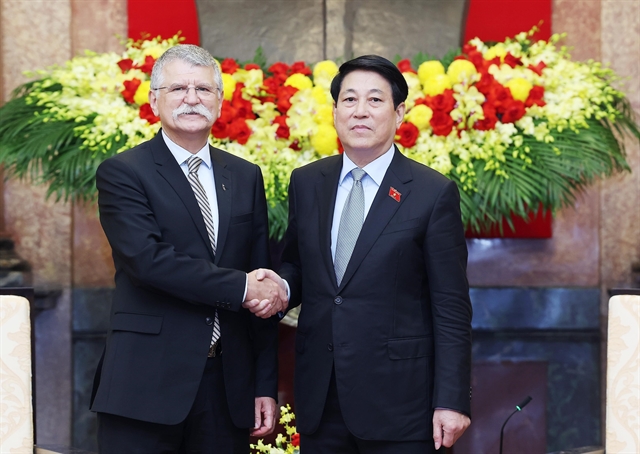

Most players are using the wrong equipment. Looks don’t matter as much as performance.
 |
By Robert Bicknell
Someone I know quite well asked me for some help in gaining more yardage off the tee. His drives are usually 240–25 yards, but almost always in the middle of the fairway, so naturally, I thought he was nuts because “if it ain’t broke, don’t fix it”.
Driving 250 yards in the middle of the fairway is a hell of a lot better than 300 yards in the trees.
However, I can understand where he is coming from because, for example, his second shot might be with a 7-iron, whereas my second shot (just for comparison) would be a wedge. That is a huge difference in distance, but if he can hit that 7-iron better than I can hit my wedge (which is quite possible because my short game sucks lately), he’ll probably win the hole.
So, while “size (length) matters” it is hardly the most important thing.
A great example involves an old Vietnamese pro named “Mr Do” who hit his driver the same distance as my 7-iron. On a medium length Par 4, I would hit driver, pitching wedge. Mr Do would hit driver, 3-wood and then tap-in for a birdie while cackling “I’m an old man” and walking off with the skins.
So it’s not how big it is, but what you do with it.
When considering my friend’s request, the best thing I could think of is to get him set up with the best club-fitter around, hit some shots with Trackman and see exactly what is going on. This is one of those situations where changing a swing might not be the best option.
There is a very good chance that he needs to “tweak” his equipment to fit his game. With all the technological advances in equipment design and manufacturing, he could easily pick up a few yards with a different shaft, different ball, different club head and not have to change his swing.
Most players are using the wrong equipment.
People often buy golf equipment based on what the Tour Pros are playing, or what looks “good” to them in the shop. Very rarely will a club you pick up from a shop perform perfectly for you. They design clubs to be generic, but not everyone is the same and, in this case, looks don’t matter as much as performance.
In the old days, if a club looked good to you, chances are you could play decently with it because most clubs were basically the same. PING changed that rationale with their Ping Eye 2 irons and the world has never been the same.
Around 20 years ago, someone realized that if you turned steel shafts so the seams all faced the same direction, each club in the set would perform more consistently. That info is ancient history compared to what manufacturers understand nowadays. Equipment design is light-years ahead of where it was 20 years ago.
Titleist is the number one ball on the planet. This is backed up by almost every single metric available. I also agree it’s a fantastic ball. However, I choose to play TaylorMade TP5x because I feel it gives me a better result off my TaylorMade M3 driver.
On the other hand, Tiger Woods is playing the TaylorMade M2 (and probably already shifted to the M4), but uses a Bridgestone TOUR B XS because he likes the feel and performance of it. Different strokes for different folks. OK, he’s probably also getting paid a ridiculous amount of money for playing it as well, but he doesn’t need the money and can choose whatever helps his game.
Since Tiger Woods adopted the Bridgestone golf ball, their sales have increased considerably; however, they are still only in third place after Titleist and Callaway.
The ball DOES make a big difference and you can get balls which spin faster, carry longer or roll more. This all depends on what you need, but this is also where a great club fitter comes in.
Your instinct and feelings might say one thing, but a professional fitter looking at the Trackman results might tell you differently.
The bottom line is that lessons are very important if you want to improve your game, but getting properly fitted for your clubs is equally important.
It’s crazy not to take advantage of technological improvements. VNS




